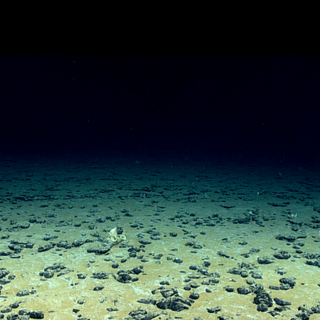The Tapanuli orangutan, one of the rarest and “most endangered of all great apes,” is facing imminent extinction, a new study has found.
The species is found in Indonesia and was recognized as a separate species in 2017; becoming the third official species of orangutans in the world. But their extinction looms large: a study found that its population declined by more than 80% within three generations; currently, there are just 767 Tapanuli orangutans in the world. The study attributes this decline primarily to habitat loss from agriculture and hunting.
“Our analysis strongly suggests that… probably more than 1% of [their remaining] population is taken out annually based on reported killing, translocation, and rescue data, which predicts further population decline and imminent extinction,” Erik Meijaard, an adjunct professor of conservation at the University of Kent in the U.K., who co-authored the study, told the press.
Published in PLOS One, the study found that external factors have reduced their habitat to just over 2.5% of the range they occupied 130 years ago; from around 40,000 square kilometers in the 1890s, the space available to them for existence measured at about 1,000 square kilometers in 2016.
The fragmentation of forests in the region has driven the species from lowland forest areas, which they commonly inhabited, to higher elevations, which they aren’t suited to, Meijaard says.
Related on The Swaddle:
Whales, Dolphins Could Become Extinct ‘Within Our Lifetimes,’ Scientists Warn
While the threat to their population from agriculture-related habitat loss and hunting is yet to be resolved, the “development in the area for infrastructure, gold mining, and geothermal and hydro-energy… threaten to further reduce and fragment [their] remaining habitat,” according to the study.
And having their habitat destroyed can lead to more far-reaching impacts than not having a place to live. “This fragmentation would dramatically cut the diversity of the ape’s gene pool, leading to inbreeding, disease, and the eventual extinction of each subpopulation,” Hans Nicholas Jong, an environmental journalist from Jakarta, wrote in Mongabay.
Serge Wich, a primatologist and co-vice chair of the International Union for Conservation of Nature’s primate specialists’ section on great apes, who also co-authored the study, said, “There are no indications that current threat levels are decreasing… The current patchy approach to conserve the species will in all likelihood fail.” However, he noted that conservation efforts could “benefit from transparency in terms of data on surveys, rescues, releases, etc.,”
The researchers have appealed to the local government and NGOs to make urgent concerted efforts to bring the species back from the brink of extinction.




